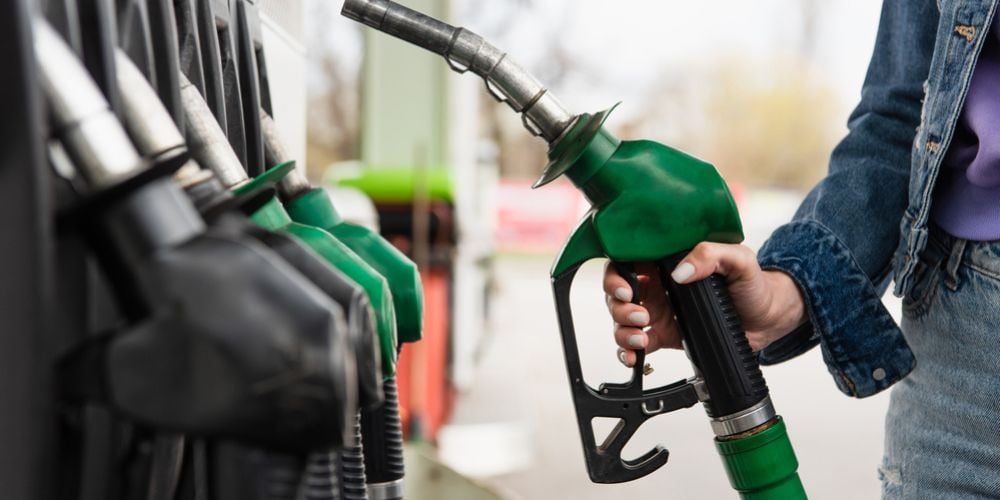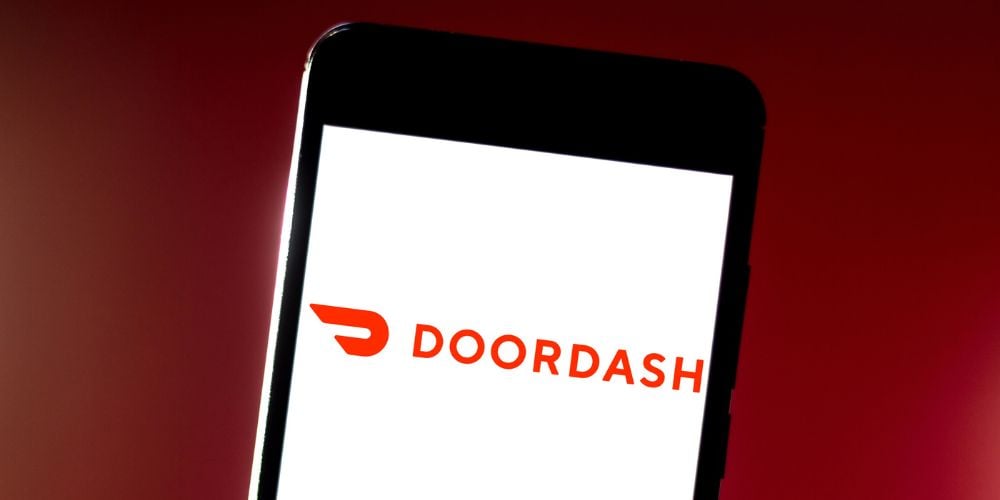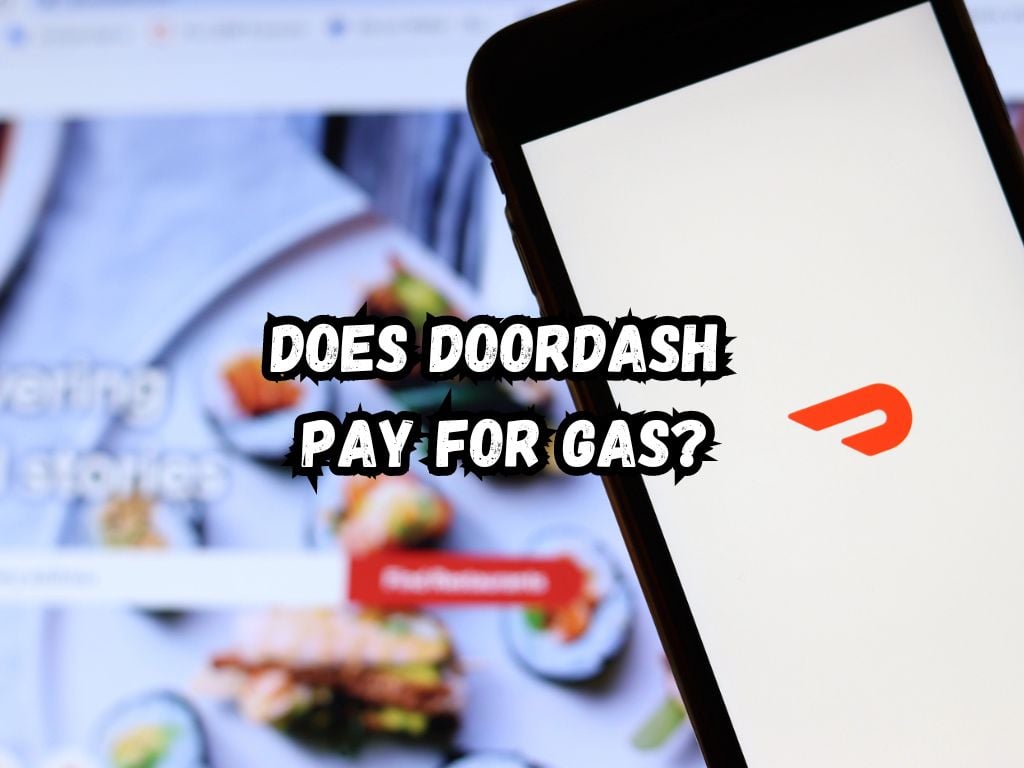As the gig economy continues to grow, many individuals turn to platforms like DoorDash to earn extra income.
With the flexibility to choose their schedules, DoorDash drivers, or Dashers, find the role appealing.
However, a common question arises: Does DoorDash pay for gas? Let’s dive into this topic to provide clarity for current and aspiring Dashers.
Does DoorDash Pay For Gas?
DoorDash calculates Dasher pay based on several factors, including base pay, promotions, and tips. The base pay depends on the time, distance, and desirability of the order.
Given that Dashers are independent contractors, they bear the costs associated with their deliveries, including gas expenses.
This arrangement means Dashers need to manage their earnings and expenses wisely to ensure profitability.

The Gasoline Question
The straightforward answer to whether DoorDash compensates for gas is no. As independent contractors, Dashers are responsible for their vehicle’s operational costs.
This setup is typical in the gig economy, where workers use their assets, such as cars, to provide services.
Understanding this element is crucial for individuals considering driving for DoorDash or those already in the role seeking to maximize their earnings.
Gas Rewards and Incentive Programs
DoorDash recognizes the impact of gas expenses on Dashers’ overall earnings. In response, they’ve introduced Gas Rewards and partnerships to offer relief.
For instance, the DasherDirect card provides Dashers with cashback on gas purchases. Programs like these can help offset some fuel costs, offering a form of indirect compensation for gas expenses.
Tips for Dashers on Fuel Cost Management
While DoorDash doesn’t directly pay for gas, Dashers can employ strategies to manage their fuel expenses efficiently. Choosing the right vehicle is a starting point.
A fuel-efficient car can significantly reduce gas consumption, thereby increasing net earnings from DoorDash deliveries.
Additionally, planning routes smartly can minimize unnecessary driving, saving both time and gas.
Tools and apps designed to track gas prices can also lead to savings, allowing Dashers to fill up at the most cost-effective stations.
Adjusting Strategies for Peak Hours
For DoorDash drivers, or Dashers, strategizing their work schedule to align with peak hours can significantly enhance their earning potential.
Peak hours typically occur during lunch (11 AM to 2 PM) and dinner times (5 PM to 9 PM) on weekdays, and can extend throughout the day on weekends.
These periods coincide with times when customers place the most orders, driven by meal times and convenience.
DoorDash often incentivizes Dashers to work during these high-demand times with peak pay promotions. These promotions add a bonus to each order, which can substantially increase overall earnings.
Furthermore, due to the surge in orders, Dashers have the opportunity to make more deliveries in a shorter span, thereby efficiently increasing their income relative to the time invested.
Moreover, with a higher density of orders, Dashers can select orders that are closer to each other, reducing the distance traveled and, consequently, gas expenditures.
This strategic approach to scheduling not only maximizes income by leveraging DoorDash’s dynamic pay model but also minimizes the relative cost of gas by ensuring Dashers can complete more orders per mile driven.
By carefully selecting working hours and strategic order acceptance, Dashers can significantly offset their gas costs while enhancing their earning efficiency.

Frequently Asked Questions
What expenses are Dashers responsible for when delivering with DoorDash?
Dashers cover their vehicle’s operational costs, including gas, maintenance, and insurance. Understanding these out-of-pocket expenses is vital for anyone considering joining the platform.
How can DoorDash drivers save money on gas?
Investing in fuel-efficient vehicles, using apps to find lower gas prices, and optimizing delivery routes are effective ways to save on gas. Additionally, taking advantage of DoorDash’s Gas Rewards and similar programs can provide cashback or discounts on fuel purchases.
Has DoorDash ever paid for fuel costs in any capacity?
DoorDash has not directly compensated drivers for gas. Instead, initiatives like the Gas Rewards program offer indirect support to help Dashers manage fuel expenses better.
Dashers, as independent contractors, may qualify for tax deductions on vehicle-related expenses, including gas. Keeping detailed records of these expenses is crucial for accurately reporting them during tax season. Consultation with a tax professional can provide guidance tailored to individual situations.
Conclusion
Understanding DoorDash’s approach to gas expenses is essential for those driving or considering driving for the platform.
While Dashers are responsible for their fuel costs, strategies and programs exist to help manage these expenses.
By leveraging fuel-efficient vehicles, optimizing delivery routes, and participating in available rewards programs, Dashers can work towards maximizing their net earnings.
As the gig economy evolves, staying informed about these aspects ensures that drivers can make the most out of their DoorDash experience.


 Tags:
Tags:










